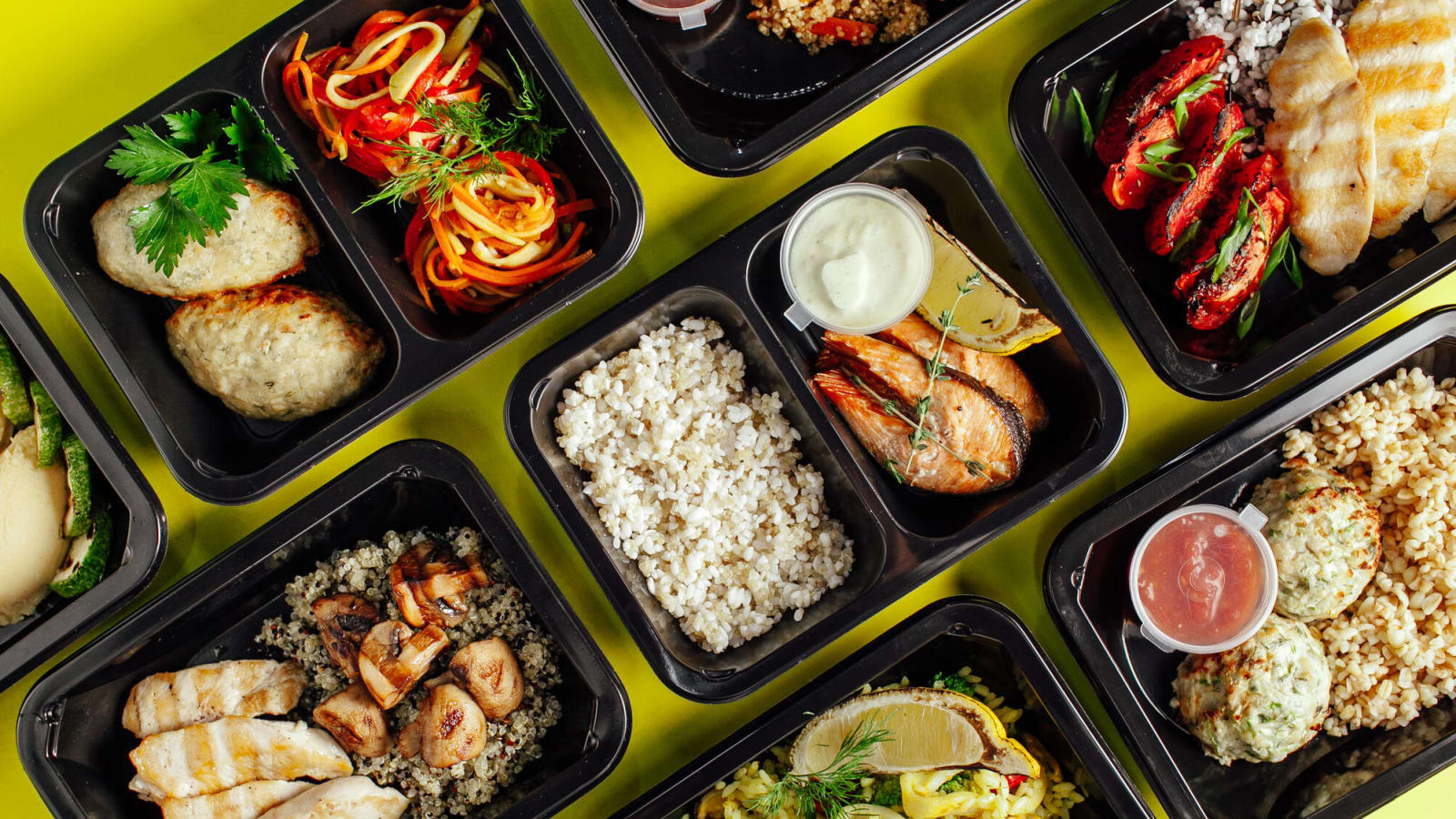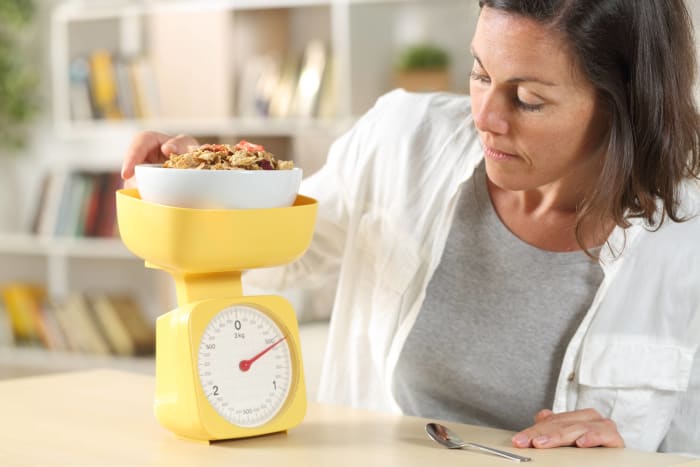x

po_com/Shutterstock
20 cooking tips to make eating healthy easier
If making your meals healthier has been a daunting task, try these 20 tips.
More must-reads:
- Raiders star DE Maxx Crosby lands on IR; Las Vegas releases statement, provides reasoning for move amid friction
- Pelicans' Jose Alvarado, Suns' Mark Williams get ejected after throwing punches
- The 'NBA Christmas Day triple-doubles' quiz
Breaking News
Trending News
Customize Your Newsletter
 +
+
Get the latest news and rumors, customized to your favorite sports and teams. Emailed daily. Always free!




























